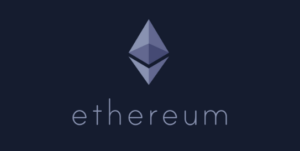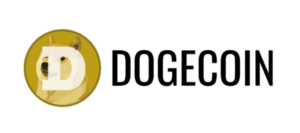Ethereum’s Inflation Concerns: Understanding the Community Divide

Analysts and industry experts are advocating for a reevaluation of the current Ethereum (ETH) blobs to address the issue of inflation and enable the second-largest cryptocurrency to gain value for its Layer 2 solutions (L2s).
Initially lauded for enhancing the efficiency of L2s and reducing transaction costs within the ecosystem, Ethereum blobs are now under scrutiny for contributing to the rise in ETH inflation. Notably, analyst Cygaar expressed concerns about the imbalance in the relationship between ETH and L2s.
Before the introduction of blobs, L2s were significant consumers of ETH gas, which, under Ethereum’s fee structure, also led to a high burn rate, resulting in deflationary pressure on ETH. However, the implementation of blobs made transactions on L2s more cost-effective, reducing gas consumption on Layer 1 and impacting the burn rate. Consequently, the shift from deflation to inflation occurred following the introduction of blobs in March 2024.
In response to this, Cygaar proposed a short-term solution of increasing blob fees to address the issue. He suggested that L2s should bear a portion of the fees to utilize Ethereum’s data availability, which could potentially lead to an increase in the ETH burn rate, ultimately achieving a deflationary state in the long run.
Conversely, community member Ryan Berckmans believes that it is premature to make decisions at this stage, as the ecosystem is still in the early stages of blobspace launch and L2 development. Berckmans anticipates that the growth of L2s will result in saturation, generating substantial revenue for Layer 1 through blobs.
On a different note, Doug Colkitt, the Founder of Ambient Finance, downplayed the expectation that increased demand for blob space would significantly impact the ETH burn rate. He pointed out the prevalence of small transactions on L2s, suggesting that blob saturation may not lead to a substantial increase in Ethereum burn.
While some members, like Berckmans, advocate for patience in assessing the situation due to the recent introduction of low-cost data availability blobs, others argue that addressing ETH’s inflationary status should be a priority. The community’s consensus on the path forward is yet to be determined.
Meanwhile, ETH is facing challenges in maintaining its value above $2.5k, experiencing a 38% decline since the implementation of blobs in March. The cryptocurrency market continues to monitor developments surrounding Ethereum’s inflation concerns and the ongoing debate over the effectiveness of the current blob system.



